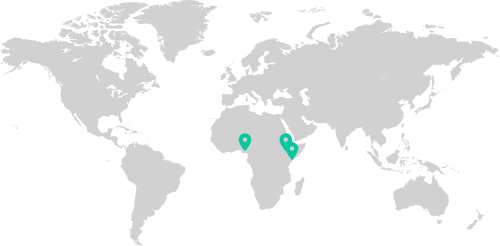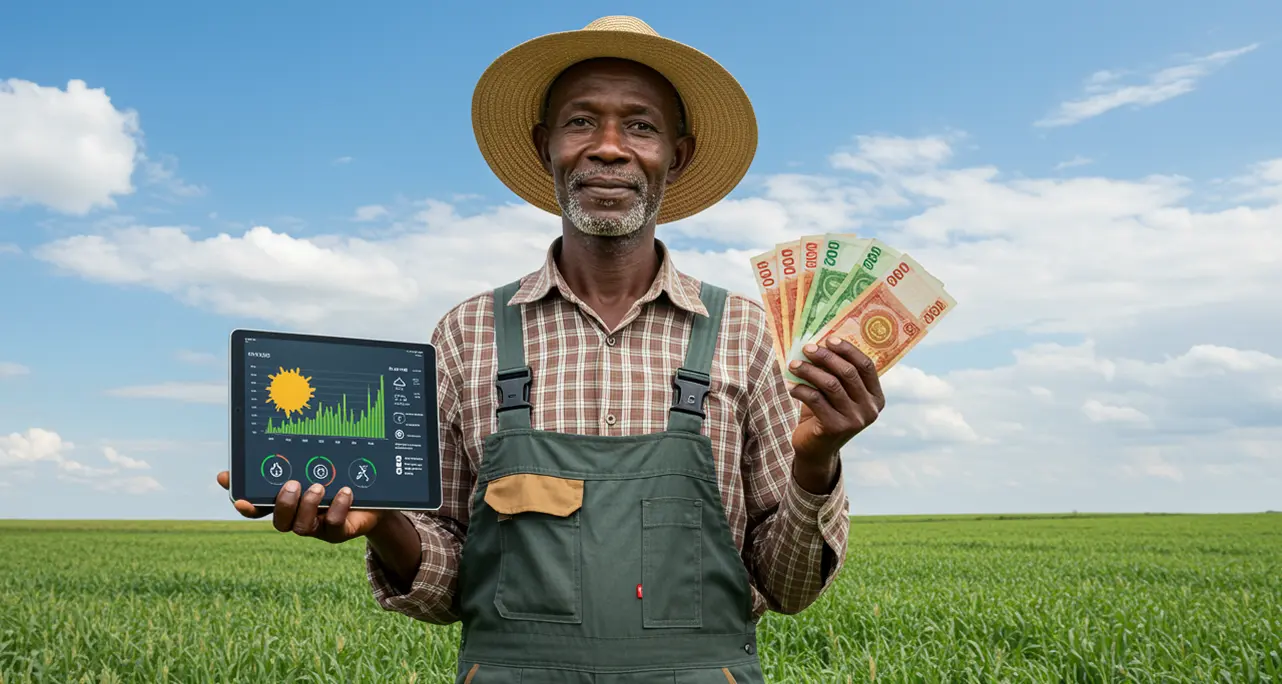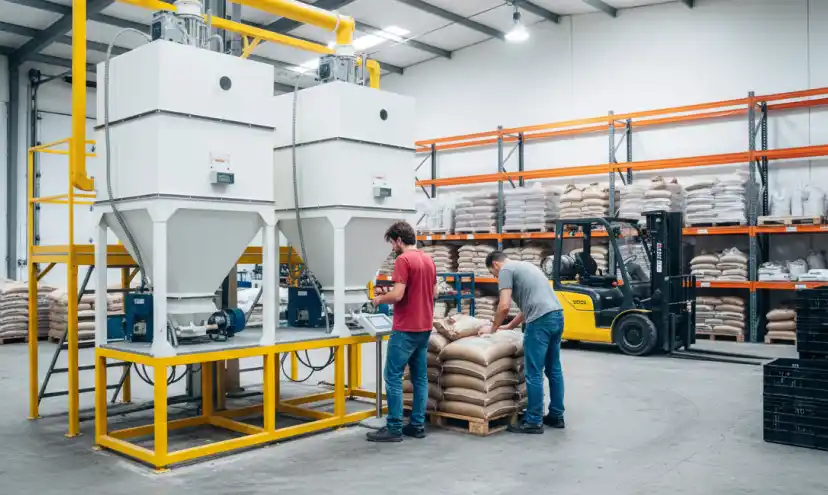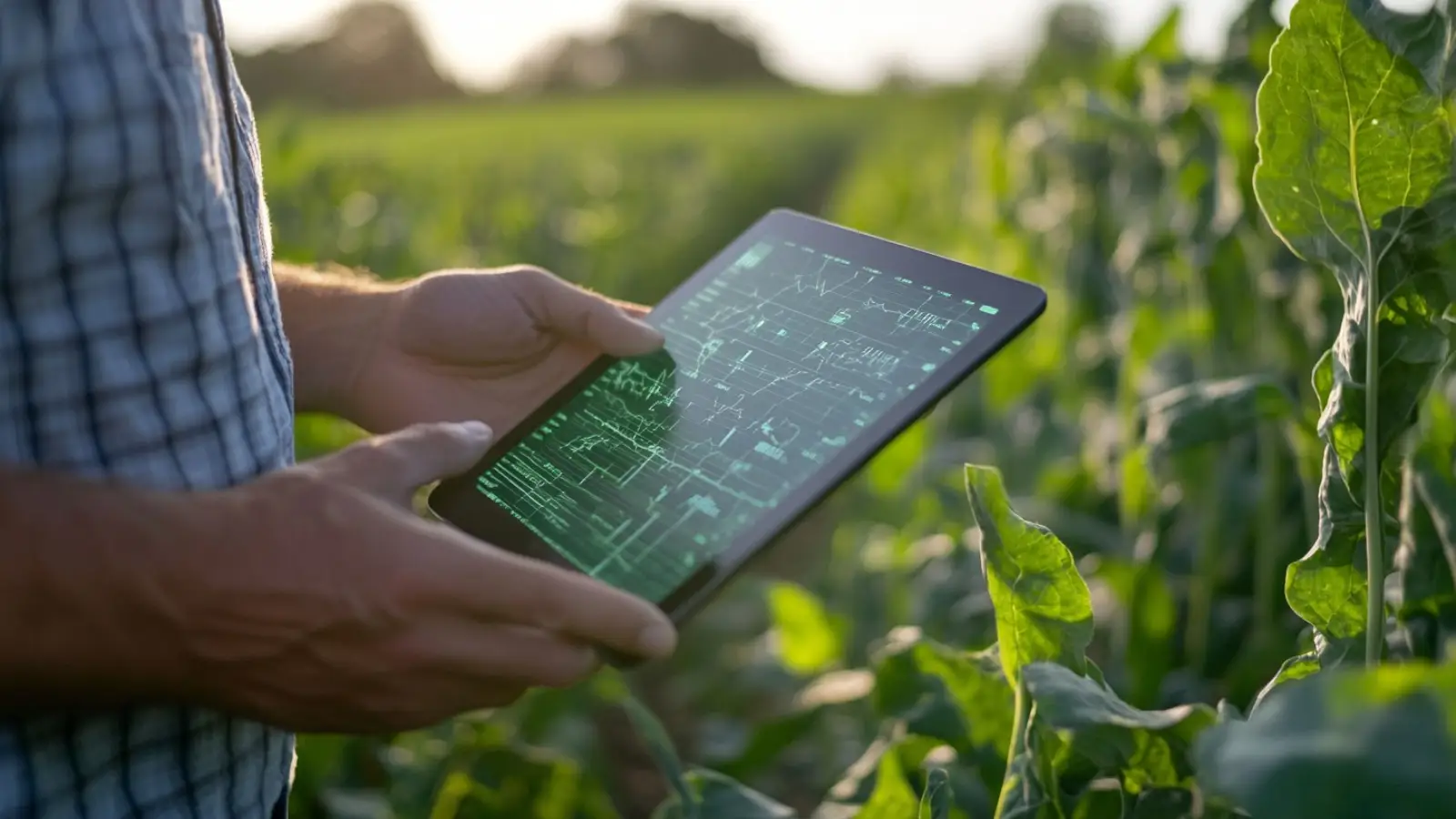The data-driven potential of digital financial lending and analysis for credit co-operatives in Kenya
The agricultural sector is the backbone of the Kenyan economy, contributing 33% of its Gross Domestic Product (GDP). Over 40% of the total population and 70% of the rural population is involved in agricultural activities. However, small-scale farmers, in particular, are struggling with no access to compatible and secure digital loans.
Across sub-Saharan Africa, including Kenya, you’ll find the prevalence of Savings and Credit Co-operative Societies (SACCOs). These co-operatives are member-owned, democratically run, and play an instrumental role in the financial lives of vulnerable farmers.
Kenya Union of Savings & Credit Co-operatives (KUSCCO) acts as the umbrella body for SACCOs, providing advocacy and representation. KUSCCO offers SACCOs and other co-operatives financial and technical support mainly customized to benefit middle and low-income earners in Kenya’s rural and urban areas.
In partnership with SACCO (Co-operatives) of Kenya, KUSCCO helps farmers grow potatoes, sorghum, etc. KUSCCO with Cropin targeted to tap Africa’s high comfort level with mobile services to support the unbanked. The project was started in 2019 to monitor farms remotely and leverage predictive modelling applications and is now complete. This collaboration set into motion a new way of loan disbursement, managing loan underwriting and loan delinquency for the lending arm.
Striving to develop a robust 'Finance-Data-Farmer' matrix
The loan origination and underwriting trap
Most farmers struggle with the loan origination and underwriting process. The incompatibility of traditional loan models to farmers’ individualized needs compounded the lack of working capital issue in the high credit risk agricultural sector. The complex loan disbursement process dampened the farmer’s ability to produce profitable yields – a concern the partnership aimed to address with Cropin’s Lending Platform Integration capabilities.
The ineffective data capture process
Another crippling issue was the inefficient data capturing process across the value chain. Insights into farmer productivity, sales, and market were non-existent. The project targeted to close the gap by leveraging Cropin’s capabilities to gather accurate and real-time loan-related information from farmers.
Poor farmer engagement
The third biggest concern was poor levels of farmer engagement. This brings to the limelight the reach and intensity of digitization among farmers. Two factors that immediately come out are low usage of technology and improper training. Cropin’s advisory services could assist in this regard.
Little to no visibility of field team activities
Finally, the limited visibility into on-field activities with no control led to poorer quality output. Additionally, the lack of best practices know-how and absence of productivity enhancement inputs impacted the agricultural value chain. In response, Cropin’s technological platforms doubled up as powerful partners, enabling farmers to access yield-enhancing solutions at the right time (and within a perfect localized context).
Cropin's holistic program- Working towards developing advisory, adaptability, digitalization, and knowledge building
Cropin’s 360-degree program strives to address specific pain points throughout the value chain with innovative strategies such as:
Digitalization across the value chain
h, which provided visibility on loan health post disbursal. Other data-driven benefits included insights into Crop Stage monitoring, Land Under Cultivation and Harvest Date – all of which helped monitor fund usage. Finally, farmers could improve productivity by leveraging real-time alerts to minimize losses and take a right preventive action.
An enviable tech stack for high-quality output
To drive the processes, Cropin used a suite of technologies like geospatial imaging, AI/ML-powered predictive modeling, IoT integration, Lending Platform integration, Intuitive SISENSE-powered dashboards, and geo tagging.
Advisory initiatives to improve yield
Cropin platform also provided advisories like sharing Package of Practice (PoPs), offered climate-smart advisory based on localized weather forecasts, and extended pest and disease alerts. The most significant advantage of the platform was the multilingual support.
Piloting & scaling the digitalization process
To enable end-to-end digitization of farming operations, the partnership started-off test programs to assess project viability. As the pilot was successful, the project conducted training programs for the field officers to ensure product adoption. Monitoring of data collection was done to check activation. The project aimed to enable two-way communication with the farmers to drive engagement via communication platforms such as SMS.
Knowledge management for creating a base of ‘informed’ farmers
The technological initiatives of the project were geared toward dual objectives. One -enabling effective data organization and management on the secure cloud platform to ensure easy access. Two – sharing product feature update alerts and product user manual with the field officers.
The intangible impact
The project positively impacted around 1200 smallholder farmers. In terms of the intangible benefits, these efforts resulted in higher visibility of farming activities for improved operational efficiency. It also helped reduce the time and costs of data collection for credit rating. Farmers got credit ratings to assess creditworthiness; this increased the rate of the loan disbursal process, as delay due to paperwork was removed. Finally, it also helped estimate the time of harvest to manage – timely recovery of loans and delinquencies.
Project summary
Completed

Impact of the project
- Increased visibility of farming activities for better operational efficiency and reduced time and cost involved in data collection for credit rating purposes.
- Farmers were given a credit rating in order to determine their creditworthiness thus increasing the efficiency of the loan disbursal process without the delay of paperwork.
- Identification of the approximate time of harvest to enable timely recovery of the loan and better management of delinquencies.








